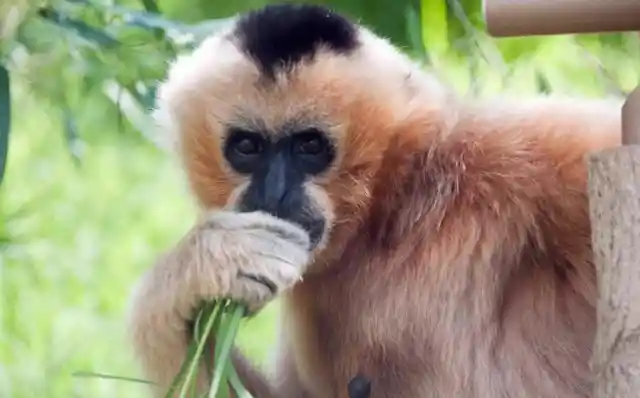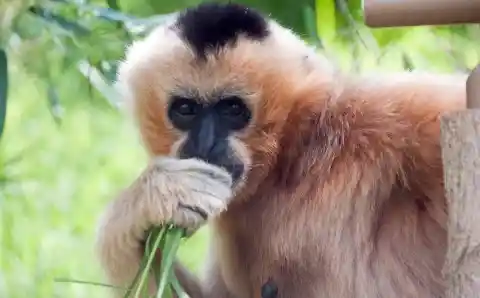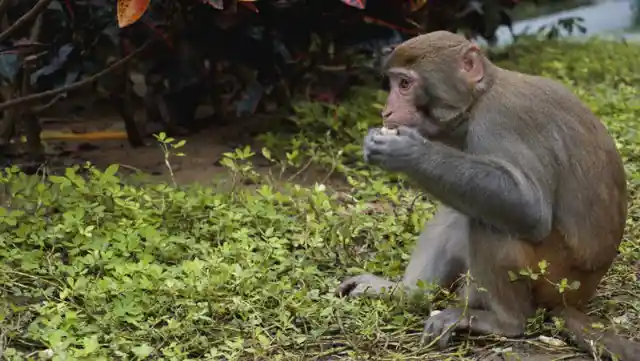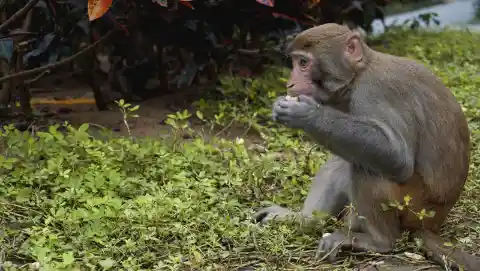After decades of conservation, there is light at the end of the tunnel for the endangered Hainan gibbon from the Hainan Island.
Hainan Island is a small tropical island off the coast of China and home to this incredible primate. The increase in their population jumped from only 10 in 1970 to 30 in 2020. The progression has been very slow due to a loss of valuable habitats and a slow rate of birth among the specie. Things have improved thanks to the conservation project which started in 2003 when only 13 wild gibbons were left on the island which consisted of only 2 family groups.


To describe them, the males have jet black fur with white patches and the females are bright orange once they reach maturity. Their small faces and large eyes create a soft look when they occasionally look down at those passing by from treetops.
Gibbons are highly intelligent and when they look at you, there’s a feeling they are trying to communicate with you. Philip Lo Yik-fui is a senior conservation officer at Kadoorie Conservation China which has been the leading force behind the conservation project.
There was a strange tale back in 2016. A tourist website known as Tropical Hainan said the Hainan gibbon was the world’s rarest mammal and continued to survive due to a spooky tale. It’s said that a hunter shot one of the last few gibbons on the island and his entire family died from a mysterious disease. It is now seen that hunting gibbons are believed to be very unlucky.
Working To Save The Gibbons


There were only two family groups found living in the mountains in Hainan’s Bawangling Natural Reserve. Their habitat was far from great, it lacked figs and lychee fruit trees that is a large chunk of the gibbon’s diet.
Since this time, Kadoorie planted 80,000 fig and lychee trees to connect the existing habitat with the fruiting trees to encourage the isolated populations to meet and interact.
According to Lo, the goal is to bring the numbers of gibbon above 50 which would remove them from the endangered list by the International Union for the Conservation of Nature’s Red List. According to the Union for the Conservation of Nature, their biggest goal is to help expand the gibbons’ territory sot eh entire species will not be wiped out if a natural disaster were to happen.
The local forest authorities were the first who were against the idea of intervention by the Hong Kong conservationist have changed their tune and now back the project. Last year in January, the Forestry Department of Hainan established the Hainan Tropical Rainforest Nation Park to secure the gibbon habitat.
The 19 species of gibbons on the island have been hunted in the past but former hunters are being used for their knowledge of the forests the behavior animals and given jobs as conservationists.
Ex-hunters are pleased with their work and are trying to instill a sense of pride among the locals. Lo said that’s the main point of conservation work, it’s just as much about people. Ow people who were originally opposed are now teammates working together to protect the gibbons.